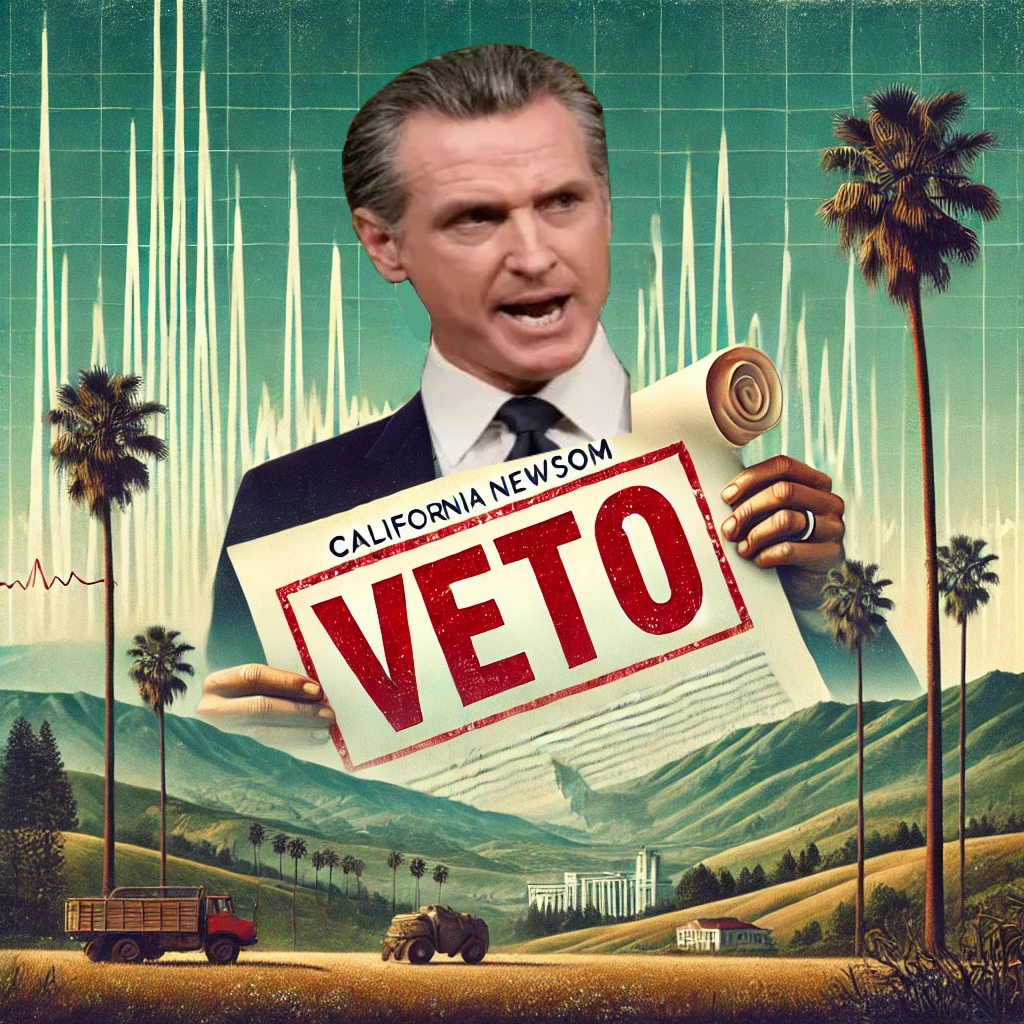Governor Gavin Newsom has vetoed Senate Bill 1432, a proposal that would have extended the seismic safety compliance deadline for hospitals in California. The bill aimed to give hospitals five more years, extending the deadline from 2030 to January 1, 2035, to meet earthquake safety standards. Newsom rejected the measure, emphasizing the need for strict adherence to safety regulations and preparing the state for the next significant earthquake.
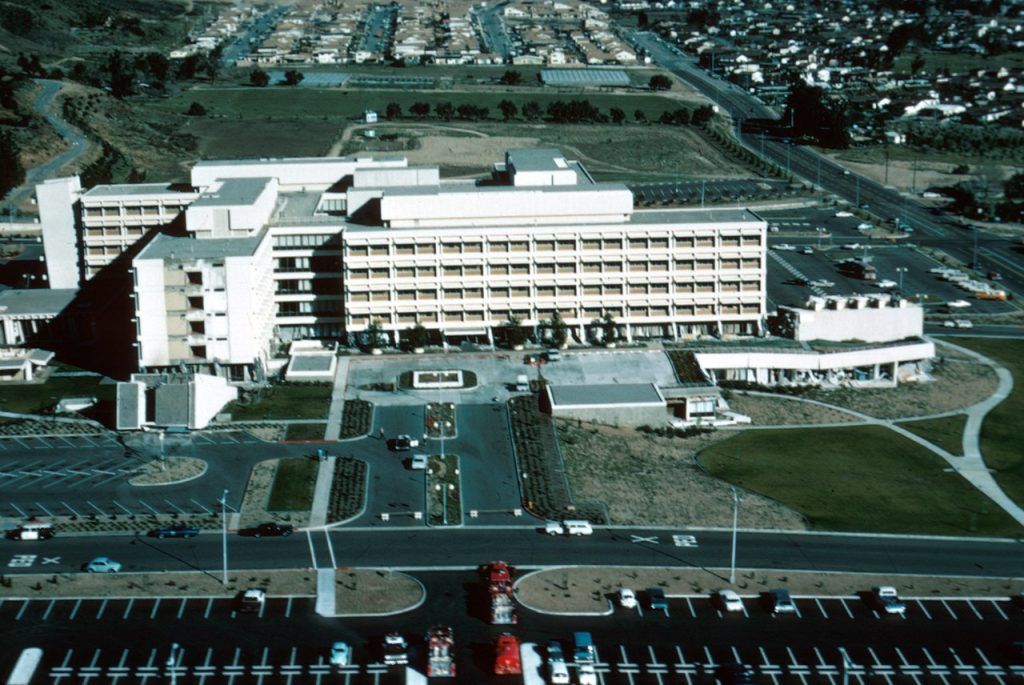
In his veto message, Newsom pointed out that California hospitals have had more than 30 years to meet these safety standards, which were first introduced after the 1971 Sylmar Earthquake. That earthquake, with a magnitude of 6.6, led to the collapse of several hospitals, rendering them incapable of providing emergency care. In response, California passed the Alfred E. Alquist Hospital Seismic Safety Act in 1972, which required hospitals to be built to withstand earthquakes and continue providing services afterward. Newsom emphasized that this requirement was later extended to older hospitals in 1994, and hospitals have known about the 2030 deadline for decades.
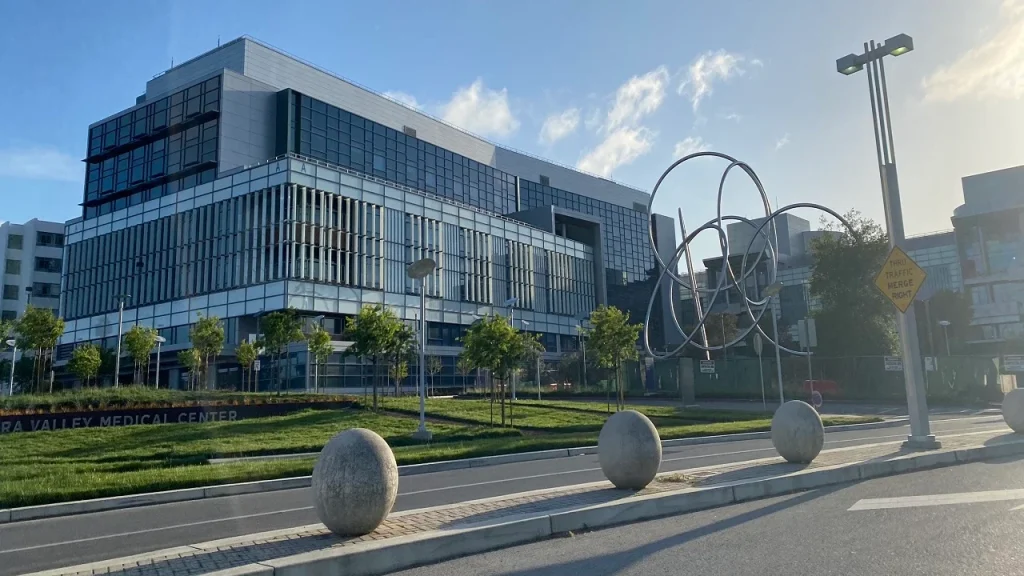
While many hospitals have taken steps to prevent structural collapse in the event of an earthquake, some have yet to meet the higher standard of ensuring they can still provide emergency services after a disaster. Newsom highlighted the importance of this standard, warning that if hospitals cannot provide care after an earthquake, they would not only fail to help victims but also require emergency efforts to evacuate and transfer patients to other facilities. Newsom argued that extending the compliance deadline for all hospitals could pose significant risks to patients, staff, and emergency responders, particularly given the high likelihood of future earthquakes in California. He urged hospitals to prioritize completing any remaining work to meet the 2030 deadline.
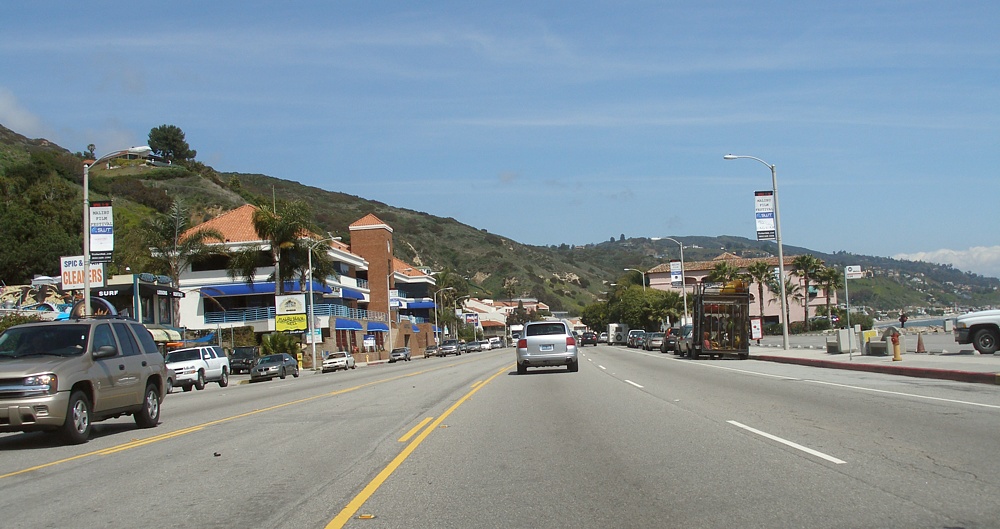
At the same time, Newsom has focused on strengthening California’s earthquake preparedness through technological advancements. Recently, the state’s Earthquake Early Warning System alerted millions of Southern California residents to a 4.7-magnitude earthquake near Malibu. The MyShake app sent more than 425,000 notifications to phones in the affected area, providing residents with precious seconds to take protective actions before the shaking began. This system, launched by Newsom in 2019, is the first statewide earthquake early warning system in the United States and uses seismic data to send alerts through smartphones and other devices.

Following the Malibu earthquake, Cal OES (California Office of Emergency Services) worked with local officials to assess any damage and potential aftershocks. The earthquake, which occurred at 7:28 a.m., was felt across much of the Los Angeles area. The event underscored the importance of California’s preparedness efforts, as warnings from MyShake and wireless emergency alerts helped millions of residents brace for the quake.

Newsom highlighted the importance of technological innovations in earthquake readiness, encouraging Californians to download the MyShake app and stay informed. The partnership with Google, which integrates earthquake alerts into Android smartphones, has made these warnings even more accessible. In addition to sending alerts to individuals, the system can trigger automated responses such as opening firehouse doors and shutting off gas valves, helping to prevent further damage during an earthquake.
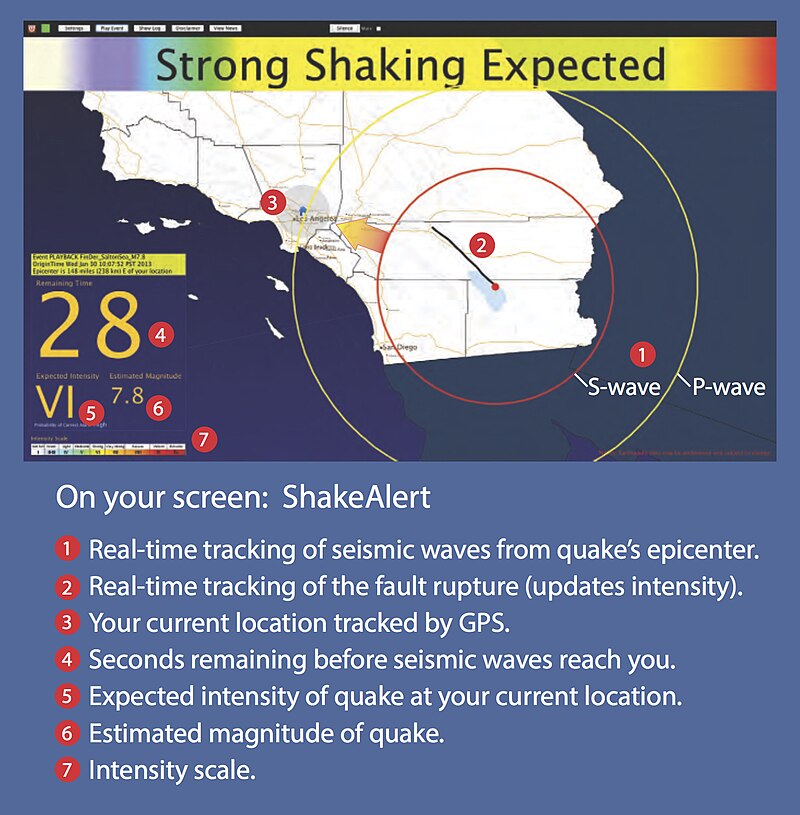
Since its launch, the Earthquake Early Warning System has expanded its network of ground motion sensors across the state, making the system faster and more accurate. The state has installed 50% more sensors since 2019, ensuring that Californians receive alerts as quickly as possible. The warnings are powered by ShakeAlert, a system developed by the U.S. Geological Survey in collaboration with Cal OES, the California Geological Survey, and research institutions like the University of California, Berkeley.
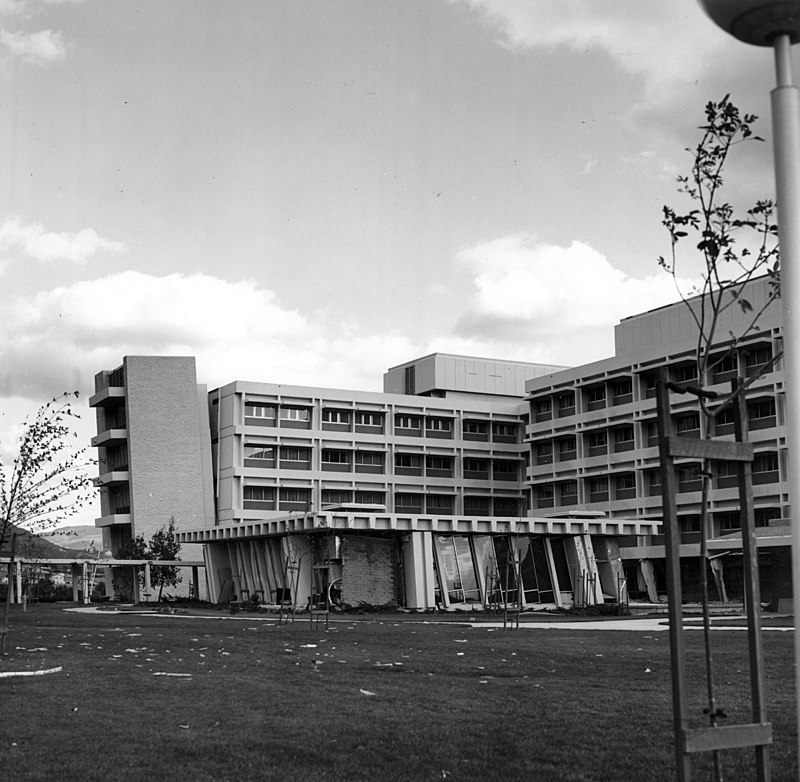
Newsom’s veto and his focus on earthquake technology demonstrate his commitment to keeping California prepared for future disasters. With experts predicting a 72% chance of a magnitude 6.7 or greater earthquake hitting Northern California by 2043, the state must remain vigilant. Hospitals are a critical part of post-disaster recovery, and Newsom’s decision reflects the need for them to be fully operational in the aftermath of an earthquake.

By maintaining strict safety standards and leveraging advanced technology, California is positioning itself to mitigate the devastating impacts of future earthquakes. Newsom’s efforts to prepare the state are a key part of his broader strategy to ensure that California remains ready for natural disasters.
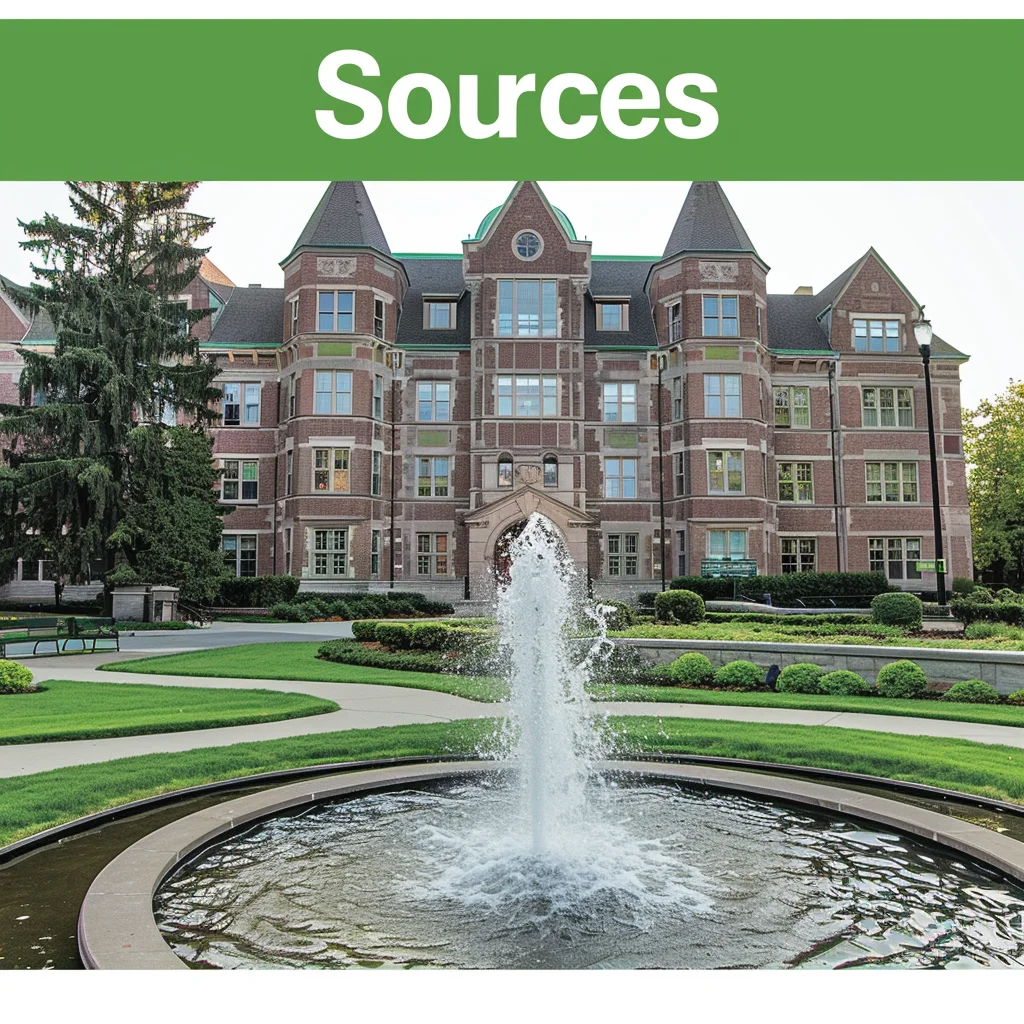
Residents are encouraged to stay informed, download the MyShake app, and be ready for the next major quake, as California continues to lead the way in earthquake preparedness.

